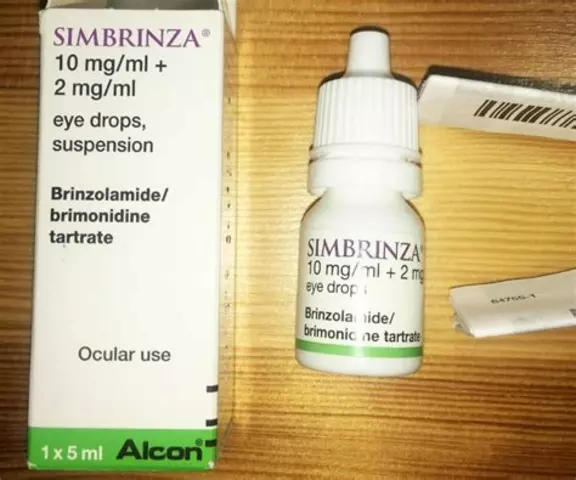Celecoxib: What It Does, How to Use It, and Safety Tips
Celecoxib is a prescription pain reliever in the NSAID family. Unlike older NSAIDs, it mainly blocks the COX-2 enzyme, which reduces pain and swelling while often causing less stomach irritation. Doctors commonly prescribe it for osteoarthritis, rheumatoid arthritis, short term acute pain, and painful periods. It can help joint pain and stiffness so you move easier.
How to take celecoxib safely
Follow your doctor’s dose. Common schedules for adults are 100 mg twice daily or 200 mg once daily for chronic conditions. For sudden pain or menstrual cramps, some regimens start with 400 mg once, then 200 mg if needed. Take it with food if your stomach feels upset. Do not crush or split capsules unless your pharmacist says it’s okay. Avoid taking more than the prescribed dose and use the lowest effective dose for the shortest time that controls symptoms.
Common side effects include stomach pain, indigestion, diarrhea, headache, dizziness, and swelling in the legs. Serious but less common risks are heart attack, stroke, and serious gastrointestinal bleeding. Risk rises with higher doses and longer use. If you notice chest pain, sudden weakness, shortness of breath, black tarry stools, or fainting, seek emergency care right away.
Who should avoid celecoxib
Tell your doctor if you have had heart disease, high blood pressure, stroke, or heart failure. Also mention any history of stomach ulcers, bleeding disorders, kidney disease, or liver problems. People allergic to sulfonamide drugs may have a reaction to celecoxib. Do not use it during the last three months of pregnancy. Combine celecoxib carefully with blood thinners, ACE inhibitors, diuretics, lithium, or methotrexate — these drugs can interact and change safety or effectiveness. Your clinician can check interactions and adjust plans.
Practical tips and alternatives: If you need daily pain control but have high heart risk, ask about options like acetaminophen for mild pain, topical NSAIDs applied to the painful joint, or non-drug approaches such as physical therapy and weight loss. Track your blood pressure while on celecoxib and report any swelling or new symptoms. If a short course is planned, set a calendar reminder to review continued need with your doctor.
Your doctor may monitor kidney function and liver enzymes if you take celecoxib regularly. Blood pressure checks matter because the drug can raise pressure. If you need to stop celecoxib, don’t switch to another NSAID without medical advice; some people cross-react or face similar risks. For short term flare ups, ask about a limited prescription and review pain control after two to four weeks. Celecoxib is prescription-only in many places, so speak to a clinician or pharmacist about cost, generic options, and whether an alternative treatment fits your health profile. Keep all medication lists updated and carry them to appointments. Ask questions until you feel fully comfortable.
Celecoxib helps many people with chronic joint pain, but it carries real risks. Use the smallest effective dose, watch for warning signs, and keep open communication with your healthcare team.




